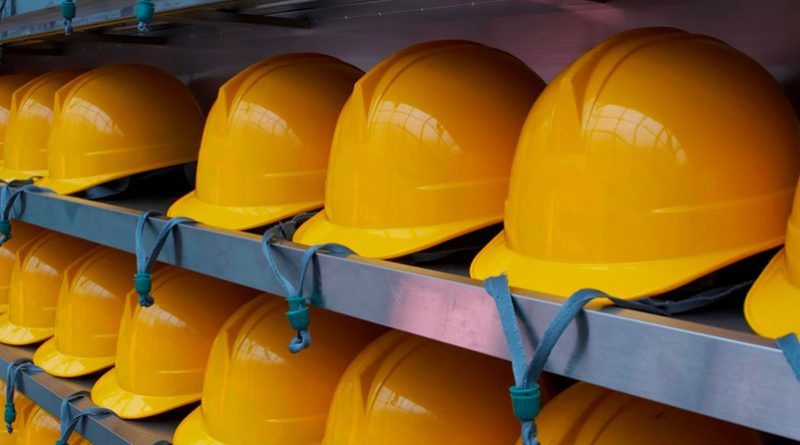Safety Planning for Modular Construction
Niall Harrington, Managing Director of Safety Management at Linesight Ireland reviews the safety issues and considerations with modular construction that need to be addressed for a safe and successful project delivery.
Modular construction
Modular construction, involving off-site assembly and delivery to site, is not a new concept, but is increasingly used across a range of construction projects including data centres, healthcare facilities and commercial developments.
Strong benefits
There are strong benefits to this approach, from both commercial and health and safety perspectives. From a commercial viewpoint, the man hours on-site and programmes are reduced for fast track projects. And from a health and safety perspective, there are reduced risks in a number of areas, including work at height, site vehicle movement and interfaces, and reduced exposure to noise, dust and vibration. When managed properly, future access and maintenance requirements can be ‘built in’ also.
Safety planning
The process needs careful planning, as there are a number of significant issues and considerations to be addressed:
- The modular units are constructed within an external manufacturing environment, but as part of an overall ‘project’, as defined by Irish safety legislation.
- Duties and requirements for all parties should be carefully defined as these are rarely clear cut. There should be no confusion as to who is responsible for which element of the process.
- The role and duties of all designers need to be considered. Design involves a range of disciplines, as does the design process. Management of risk is crucial, as is the split between these elements.
- Clarity on communications and coordination is fundamental, particularly from the client’s viewpoint.
- There is also a particular requirement for design safety coordination and communications.
- The health and safety of project personnel visiting these manufacturing workplaces needs to be managed with regard to the employer’s duty of care.
- The transport, off-loading, and moving into position of the modular units along busy access roads will be subject to a traffic management plan and risk assessment. It is also important to clearly identify the responsibilities involved in this process.
- There are still significant risks associated with the installation and completion of the prefabricated structures. These can include awkward handling and the transportation of very large and heavy components, possible temporary works, welding within enclosed areas (although under controlled conditions), as well as works at height.
- Installation and lifting are subject to strict safety protocols. A single appointed lifting coordinator (appointed person) should take overall responsibility. In many cases, installed structural components must be removed to facilitate installation and delivery (on one project the contractor painted these yellow for clarity). The structural designer needs to integrate stability and loadings within the overall design.
 Niall Harrington is a Chartered Safety Practitioner with over 25 years’ experience in design and construction safety management. Niall leads the Project Safety Management team within Linesight, which advises and guides client companies and employers on all aspects of project safety. Overall, his objective is to provide expert guidance to the client team on legislation and best practice.
Niall Harrington is a Chartered Safety Practitioner with over 25 years’ experience in design and construction safety management. Niall leads the Project Safety Management team within Linesight, which advises and guides client companies and employers on all aspects of project safety. Overall, his objective is to provide expert guidance to the client team on legislation and best practice.

